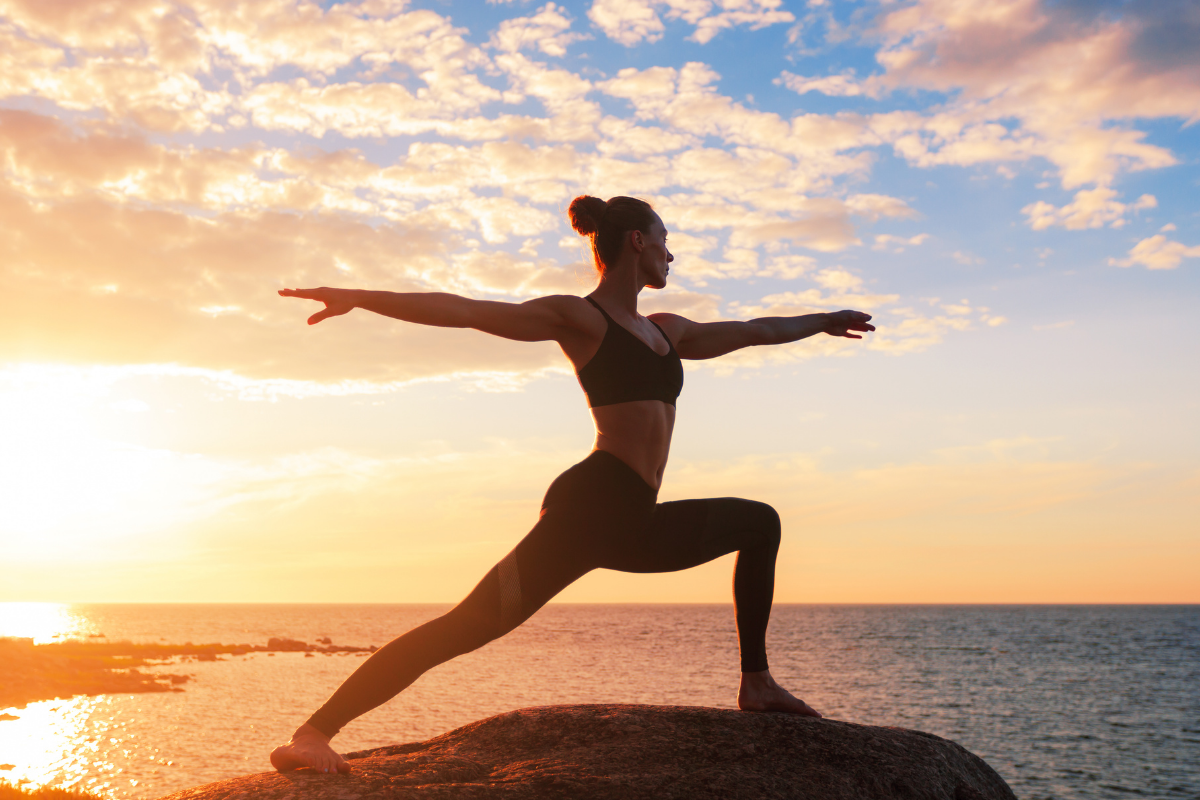The Art of Yoga: The Stress Reducer

Yoga is one of the oldest established practices of self-development, dating back more than 5000 years. The methods of classical yoga include physical postures, ethical disciplines, meditation, and breathing control.
While originally an eastern practice, yoga has become increasingly popular in the west over recent decades.
Many people pursuing yoga for self-improvement, positive growth, or during treatment for addiction or mental health issues find this practice can help both prevent and reduce stress.
So, whether you want to practice yoga at home, at a yoga class, or during a stint in an Orange County rehab, this discipline is beneficial for body and mind.
What Stress-Relieving Techniques Are Involved in Yoga?
All of the following techniques can help alleviate stress, and all derive from yoga:
● Meditation
● Controlled breathing
● Stretching
● Mental imagery
● Physical movement
Yoga is named for the Sanskrit work yuj – to join or bring together. This practice brings together your body, mind, and spirit. How, then, does yoga serve to reduce stress?
How Does Practicing Yoga Prevent and Reduce Stress?
Yoga helps tamp down stress and anxiety by promoting physical and mental relaxation, resultantly reducing stress.
Yoga’s physical postures help in the following ways:
● Encouraging flexibility
● Relieving overall tension
● Alleviating physical pain
If you have any physical blockages – knotted muscles, for instance – practicing it can sometimes help release those blockages.
Beyond this, when you engage with a physical activity like yoga, your brain releases endorphins, hormones associated with positive mood and reduced stress.
It also has a powerful mindfulness component. The more you learn to focus fully on the present moment, the less external stressors and anxieties about the future will assail you.
Also Read: Holi 2022: Date, Story, Significance, Importance, Shubh Puja Muhurat and More
Is There Any Evidence For Yoga Relieving Stress?
There is a growing evidence base for the stress-relieving benefits yoga can deliver.
This study shows that women practicing Hatha yoga three times weekly for a month reported significant reductions in stress, anxiety, and depression.
Another small study indicates that the stretching performed in yoga can reduce levels of cortisol, encouraging relaxation.
In this 2020 study, participants practicing Nidra meditation daily for a month not only reduced their stress levels, but also improved their overall wellbeing, as well as the quality of their sleep. Regular Nidra practice can also reduce negative emotions and boost mindfulness, benefits that endure.
This growing body of research suggests that it can be an effective complementary therapy and could also help reduce the need for prescription medications for the treatment of stress and anxiety. More research is needed to explore the long-term role yoga might play in treating stress, anxiety, and depression.
How to Use Yoga for Stress Relief
Breathing exercises – these are known as pranayama – will help you to regulate your breathing, focusing on deep breaths. As you focus on the present moment and nothing but your breathing, this fosters mindfulness and calms body and mind.
You can practice these exercises during a session or at any other time when you need to focus on relaxation. You can also implement these breathing techniques when confronted with challenging situations or uncomfortable emotions.
These yoga poses can also be powerful stress-relieving tools:
● Viparita Karani (Legs-Up-the-Wall): This pose promotes deep relaxation, boosting circulation and lymph flow.
● Balasana (Child): Restore flagging energy levels and create inward focus with the child’s pose, helping you to relax both physically and emotionally.
● Marjaryasana to Bitilasana (Cat-Cow): This pose teaches you to connect your breathing to the way you move, calming your mind and expelling stressful feelings.
Incorporating meditation into your asana routine, or practicing walking, standing, or lateral meditation outside of yoga practice will soothe feelings of stress or anxiety, while also enhancing mood.












